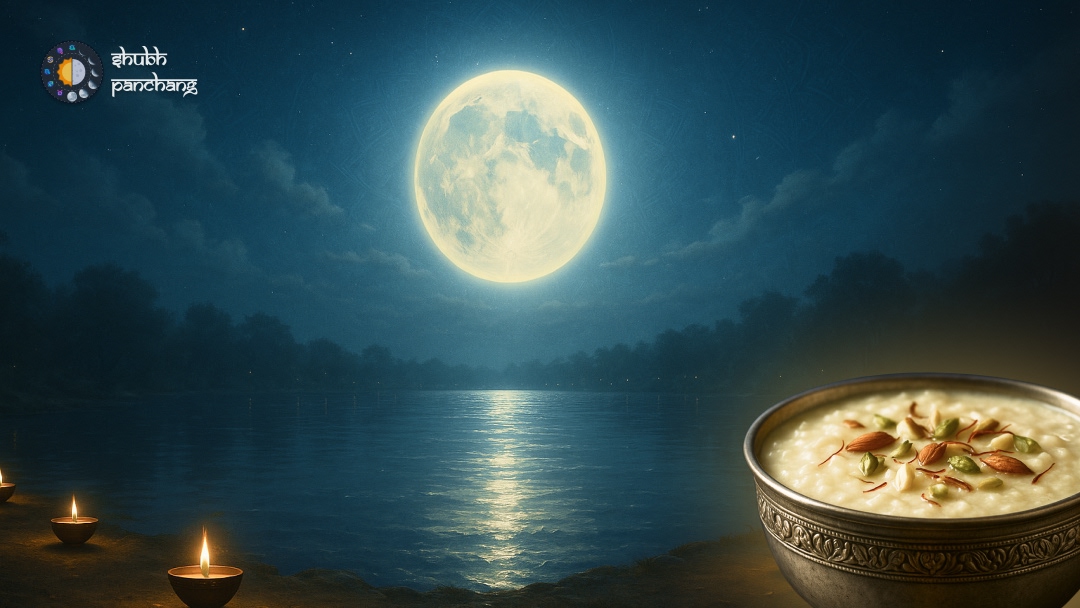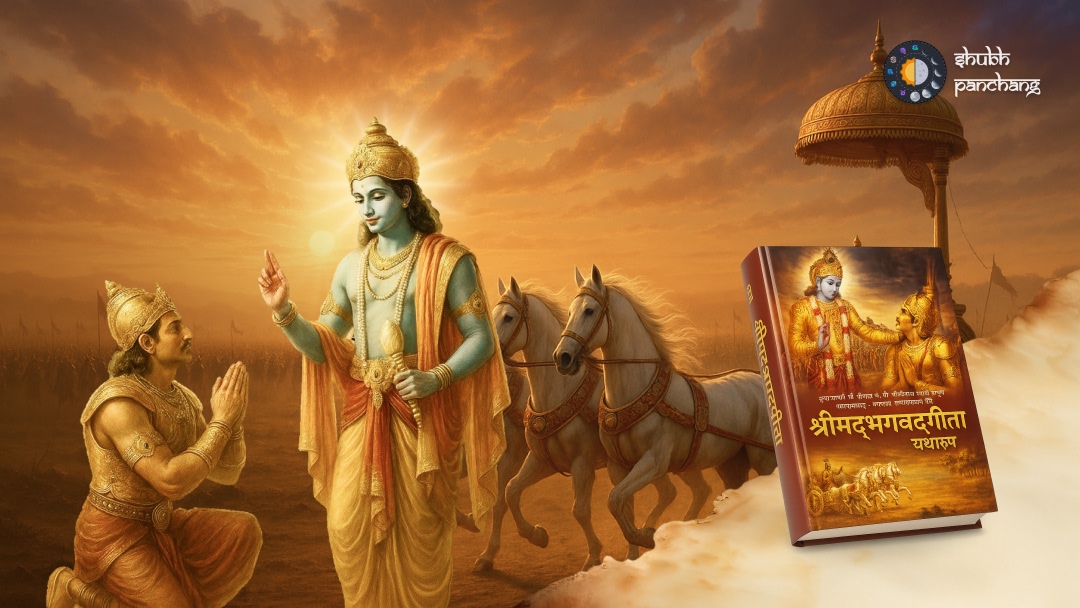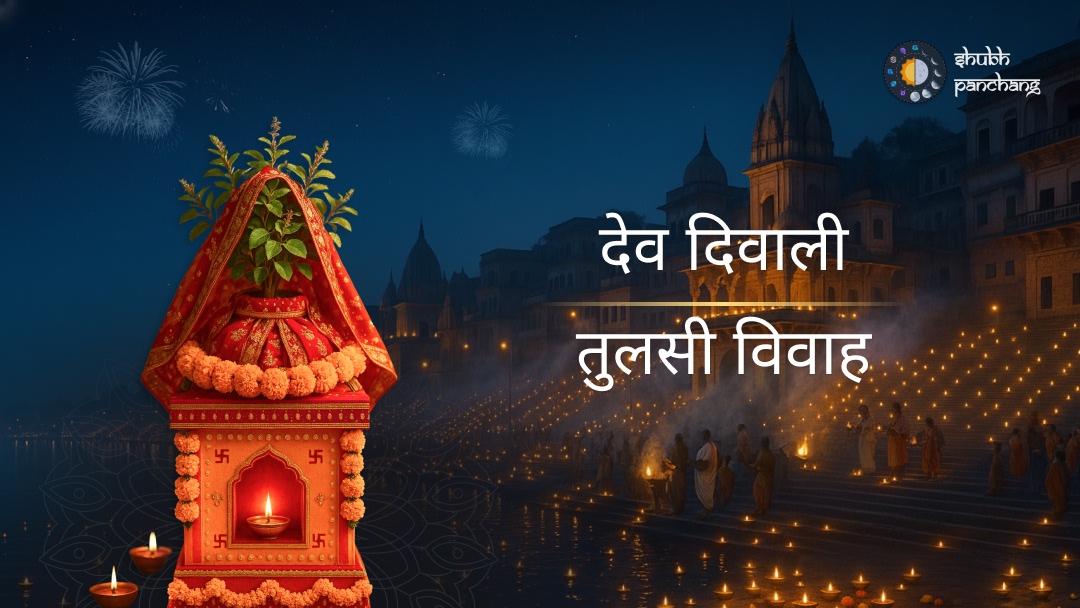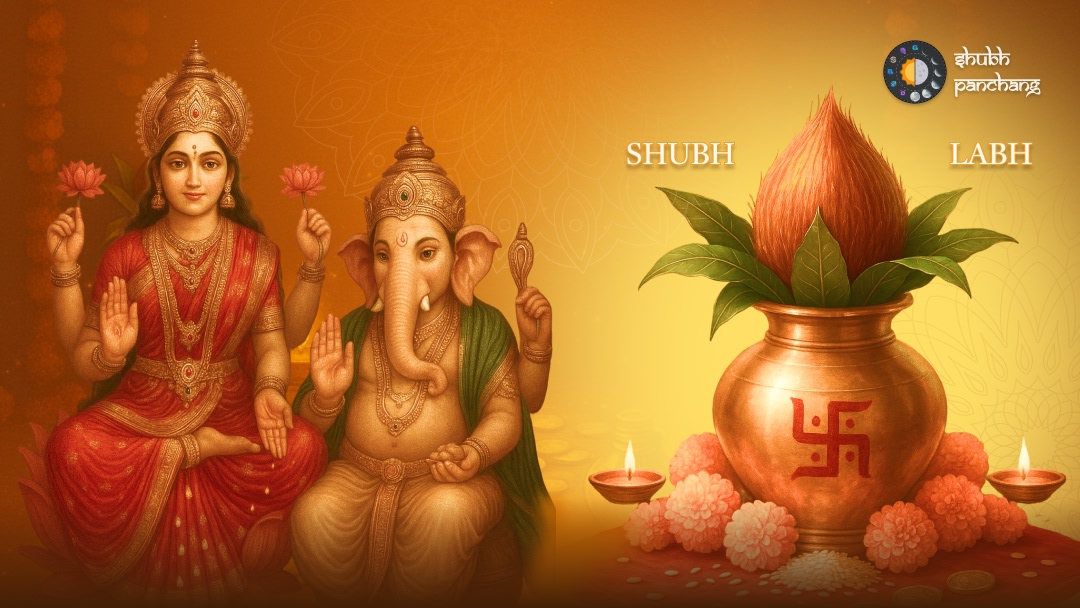
The Enchanting Night of Sharad Purnima
Have you ever felt the magic of a full moon night, so potent that it seems to wash over you? That's Sharad Purnima! Celebrated on the full moon of the Ashwin month in the Hindu calendar, it's not just another full moon; it's believed to be the night when the moon showers its divine nectar, or amrit , upon the earth. After years of practice, I've seen how people genuinely feel a sense of heightened energy and peace on this night. It's about health, prosperity, and spiritual awakening—all bathed in moonlight. What’s fascinating is that this isn't just folklore; there's a deep, underlying connection to nature and our well-being. As an astrologer, I've always been drawn to how this night acts as a cosmic reset button.
Goddess Lakshmi, Lord Krishna, and the Harvest Connection
Sharad Purnima isn't just about the moon; it's deeply entwined with several divine figures and significant themes. Goddess Lakshmi, the deity of wealth and prosperity, is particularly revered on this night. Many believe that she descends to earth to bless her devotees. And then, there's Lord Krishna and his Raas Leela with the Gopis in Vrindavan. It’s said that on this very night, Krishna danced with such divine love and energy that it filled the entire cosmos. But there's also a grounded, earthy connection. Sharad Purnima marks the end of the monsoon and the beginning of the harvest season. It's a time of gratitude for the bounty of nature and a celebration of abundance. It's pivotal to understand these connections because they paint a complete picture of what this night truly represents. And interestingly, I've noticed how aligning ourselves with these energies can bring about positive changes in our lives.
Rituals and Traditions: Soaking in the Moon's Nectar
The rituals performed on Sharad Purnima are designed to help us absorb the moon's divine energy. Many observe a night-long fast, staying awake to bask in the moonlight. I've always found this practice incredibly powerful. One of the most common traditions is preparing kheer , a sweet rice pudding, and placing it under the moonlight. It's believed that the moon's nectar enhances the flavor and nutritional value of the kheer. Lakshmi Puja is another essential ritual, where devotees offer prayers to the goddess for blessings of wealth and prosperity. Devotional singing and dancing, or bhajan and kirtan , fill the night with spiritual vibrations. The tradition of staying awake is not just about religious observance; it's about consciously receiving the moon's healing energy. I've experienced firsthand how this practice can bring a sense of calm and rejuvenation.
Regional Celebrations: A Tapestry of Traditions
What’s truly beautiful about Sharad Purnima is how it's celebrated differently across India. In Gujarat and Uttar Pradesh, you'll find vibrant Raas Garba and Raas Leela performances, celebrating the divine dance of Krishna. In eastern India, the focus is often on special Lakshmi Puja, with elaborate decorations and offerings. In rural traditions, there's a strong emphasis on health and wellness practices linked with moonlight exposure. For example, people might sit under the moonlight, believing it has healing properties for skin ailments. I've observed that these regional variations highlight the adaptability and inclusivity of Hindu traditions. It's a testament to how a single festival can be embraced and celebrated in so many unique ways, reflecting the diverse cultural landscape of India.
Sharad Purnima: Gratitude, Cleansing, and Harmony
Sharad Purnima is more than just a festival; it's a profound reminder of gratitude, spiritual cleansing, and harmony with nature. It’s a time to reflect on the blessings in our lives and express gratitude for the abundance we receive. The moonlight is believed to have cleansing properties, purifying our minds and bodies. By staying awake and absorbing the moon's energy, we're essentially participating in a spiritual detox. The festival also emphasizes our connection with nature, reminding us of the cyclical rhythms of the seasons and the importance of living in harmony with the environment. I initially thought it was just another religious day, but then I realized its true essence is about aligning ourselves with the divine flow of the universe. And let me tell you, that makes all the difference.
Blending Devotion, Celebration, and Cultural Identity
Ultimately, Sharad Purnima is a beautiful blend of devotion, celebration, and cultural identity. It's a festival that unites communities, bringing people together under the gentle, healing light of the full moon. The rituals, traditions, and regional variations all contribute to a rich tapestry of cultural expression. It’s a time when families come together, sharing stories, songs, and prayers. It’s also an opportunity to reconnect with our spiritual roots, embracing the wisdom of our ancestors. And here's the thing: Sharad Purnima reminds us that even in our modern, fast-paced world, we can still find solace and meaning in ancient traditions. So, this Sharad Purnima, I challenge you to step outside, soak in the moonlight, and experience the magic for yourself. You might just be surprised at what you discover.







